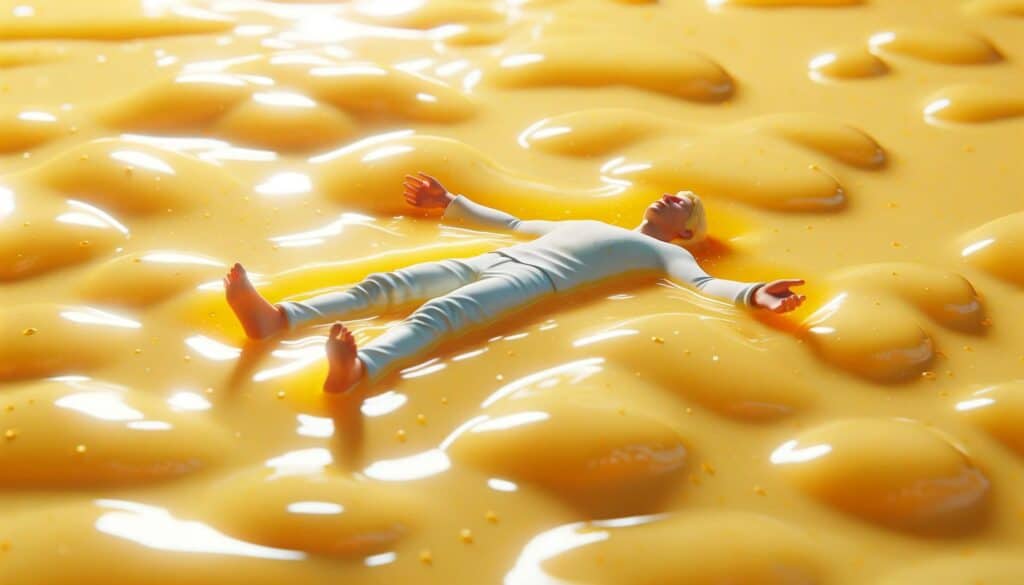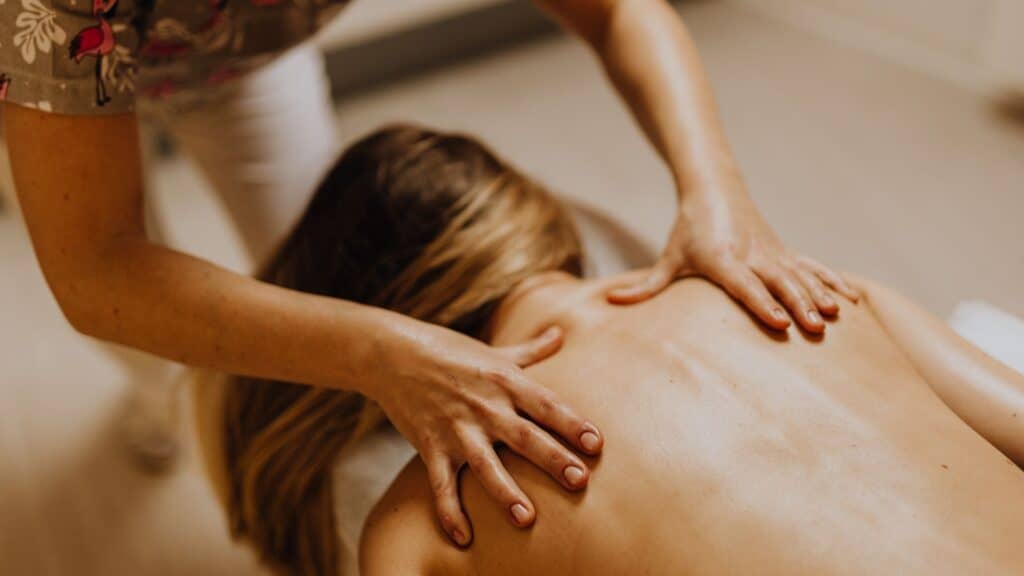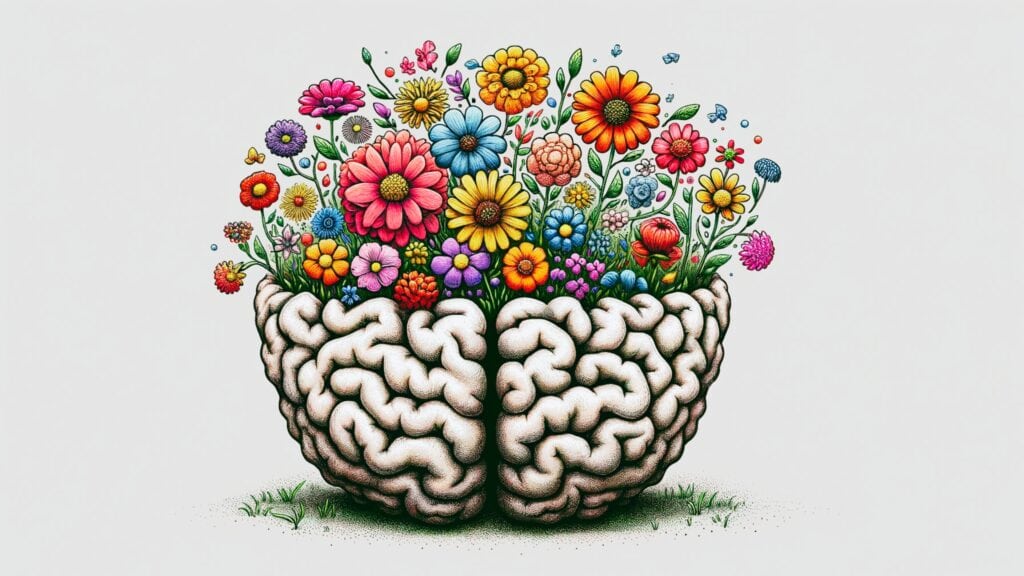Motivating adult learners can be challenging. You put time and effort into your curriculum only...
In the world of massage education, a new chapter is unfolding, one that integrates technology...
A Discussion with Special Guest, Whitney Lowe and the Results of the Assessment Survey Introduction...
How often do we instruct our clients to relax? Relax your neck. Relax. Relax your...
Reading literacy, as defined by the Program for the International Assessment of Adult Competencies (PIAAC),...
In today’s digital age, an overwhelming 90% of U.S. adults use social media on their...
If your students use social media platforms for coursework, peer discussion, or projects, you’ll want...
Peer learning is a powerful educational approach where students learn from each other formally and...
Carol Dweck’s groundbreaking work on mindset changed how we understand learning and intelligence. At the...














